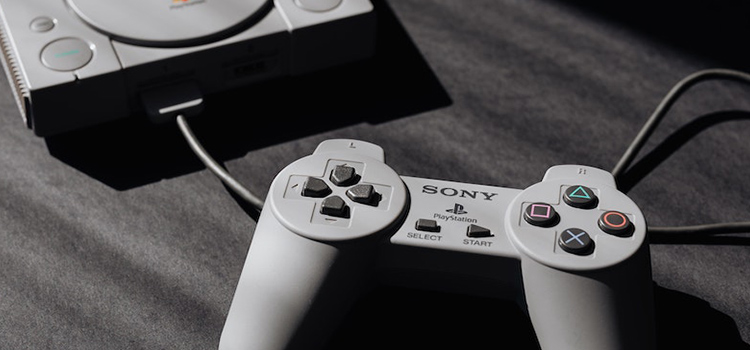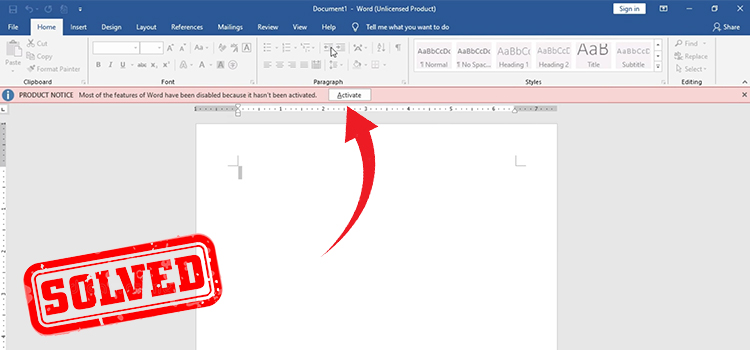DIY | How To Connect Speaker Cables
For most of us, our only experience with cables are those with pre-assembled terminals that we simply plug right into our devices. This goes for speaker cable as well. If you’ve set up a speaker system before, you probably used standard pre-terminated cables. However, many people opt for DIY speaker cables, especially when it comes to larger or more complex speaker system installations.
You might be wondering, why would anyone choose to do their own cabling over the ease of pre-terminated cables? Well, there are actually a number of reasons why DIY speaker cable is preferred for dedicated sound systems.

1. Custom Lengths
Pre-terminated cables are only available in common length increments, which can lead to an excessive amount of extra cable that easily becomes tangled and takes up space. Additionally, if you’re setting up a home theater and need extra long cables, it can be hard to find the right length with standard cable options. DIY speaker cable allows you to cut your cables to the exact length you need for more organized systems.
2. More Affordable
When it comes to large speaker systems requiring many feet of cable, DIY cable is the most cost-effective option. If you have a dedicated sound system, you want to opt for high-quality audio interconnects, and high-quality cables can add up fast when you have five, seven, or more speakers. Buying by the meter gets you high-quality speaker wire at a much lower price, depending on how much you need. If you do choose to invest in DIY cable, you should connect as many devices as you can to get the most bang for your buck.
If you decide that DIY speaker cable is right for you, it’s actually pretty simple to set up. These are the basic steps:
Step 1: How Much to Buy
Perhaps the most intimidating part about hand-wiring speakers is deciding how much speaker wire you need in total. Don’t try to estimate on this one — you’ve got to measure out each of the connections you’ll be making. And don’t just take a sturdy tape measure and measure from point A to point B. A cable is flexible and makes twists and turns that add to the required length. Use a flexible tape measure, or run a string along the distance the cable will run and then measure the string. It’s also always a good idea to give yourself a few extra inches. If your cable is too long you can always tuck it away, but if it’s too short, you’ve got problems.
Once you’ve made your measurements, simply add them all up and you’ve got your total. Most audio supply stores like Selby Acoustics sell speaker wire by the meter or by the roll so you can find the best deal depending on how much you need. You’ll also need to decide on the gauge, or AWG, of the cable. This simply refers to the cable’s thickness; a higher gauge means a thinner cable. So, a 16 AWG cable is thinner than a 12 AWG. The thickness impacts the reliability of a cable’s signal over long distances. For most purposes, the gauge won’t affect the quality of your signal. If you need cables longer than about 20 meters you might want to opt for a lower AWG.
Step 2: Cutting the Wire
Once you purchase your wire, it’s time to cut the strips. Always start cutting the longest pieces first. If you made any mistakes measuring, you can minimize waste by saving the short pieces for last. If you run out of wire at the end, you can easily pick up a short pre-terminated cable. Additionally, do your best to cut the cables exactly as you measured them.
Step 3: Stripping the Wire
With all your pieces cut, you can start stripping the wire. All speaker cable comes in stereo, so there are two wires within the cable. For each connection, take the last couple of inches and separate the two cables. You might be able to just pull them apart, or you may need to use a box cutter. If you do, be careful not to cut through the insulation.
Next, take the separated cables and use a wire stripper to strip the insulation off of each one approximately 3/4 of an inch from the end. Take the bare wire ends and twist them with your fingers to consolidate them.
Step 4: Terminals
You can attach the bare wire ends directly to your devices, but many people opt to add terminals or connectors. This protects the bare wire to make it last longer and ensures it is durable against bending and breaking. There are different types of terminals, the most common being banana plugs, which are easy to install. Attach those onto the ends of your cable, and you’re done!
Subscribe to our newsletter
& plug into
the world of technology





